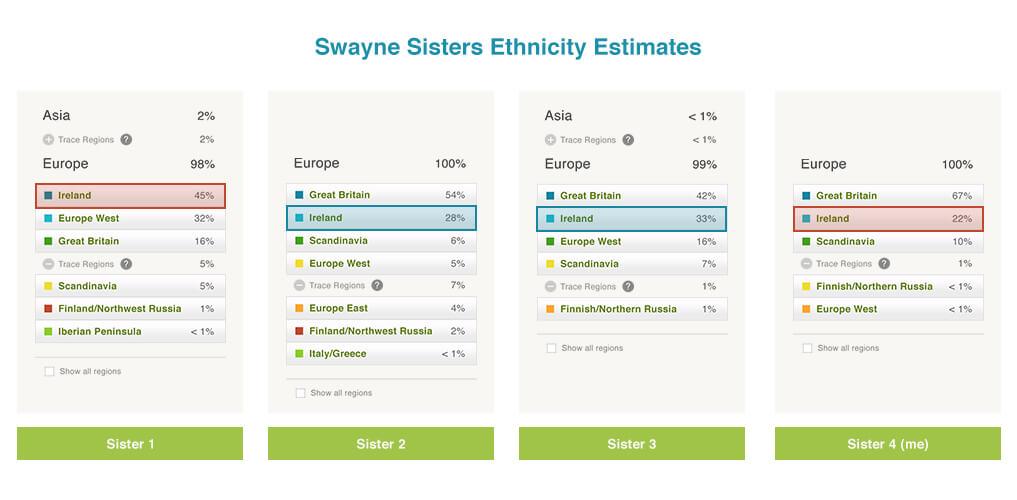Originally posted by Carlin15
View Post
Namaste.






 . I wonder why they still don't mention us for the subregion.
. I wonder why they still don't mention us for the subregion. 


Comment